- Home
- Resurrection ▾
-
Learn ▾
- Free library
- Glossary
- Documents
- Initiation
-
Shaped fabrics
- Introduction
- Popularization
- Definitions
- Le métier de façonné
- Principes du façonné
- Mécaniques de façonné
- Le jeu des crochets
- Les cartons
- Chaîne des cartons
- Mécanique 104 en détail
- Pour en finir
- Montage façonné
- Empoutage 1/3
- Empoutage 2/3
- Empoutage 3/3
- Punching, hanging and dip
- Autres façonnés
- Façonnés et Islam
-
Cours de tissage 1912
- Bâti d'un métier
- Le rouleau arrière
- Les bascules
- Formation du pas
- Position de organes
- Mécanique 104 Jacquard
- Fonctionnement 104
- Lisage des cartons
- Le battant du métier
- Le régulateur
- Réduction et régulateur
- Mise au métier d'une chaîne
- Mise en route du métier
- Navettes à soie
- Battage
- Ourdissage mécanique
- Préparation chaînes et trames
- Equipment ▾
- Chronicles ▾
- Fabrics ▾
- Techniques ▾
- Culture ▾
- Language ▾
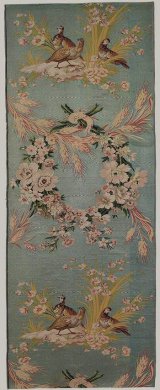
< The PerdrixCompositionPhilippe de Lasalle, 1771
This drawing was commissioned in the early 1770s to participate in the decoration of the Salon of the Palais Bourbon in Paris. Ten years later, in the early 1780s, it was again used in the Great Palace of Peterhof, in the country residence of the Russian Empress Catherine II. In Peterhof's Grand Palais, the fabric was used in a boudoir decorated in suite, which meant that the same fabric covered the walls, the seats and the draperies. This drawing was famous and diffused in different colors. The work of Philippe de Lasalle attracted the attention of the Great Catherine through the intermediary of the philosopher Voltaire. Philippe de Lasalle will work for many of the world's great ...
Philippe de Lasalle died on February 27, 1804 at the Palais Saint-Pierre, Place des Terreaux, a stone's throw from the Hôtel de Ville. His creativity, imagination and gift of innovation have gone through the centuries and are still alive today.
The Palace of Petrodvorets near St. PetersburgComposition Philippe de Lasalle
Lampas brochéMarie AntoinetteAt Fontainebleau, 1787.
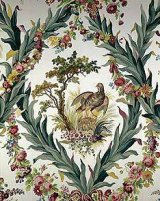
Composition Philippe de Lasalle
Craft at the grand tire developed by Philippe de Lasalle
Philippe de Lasalle(1723-1804)
Under Louis XVI, the reduction is accentuated, the bound clumps of cordels are placed between vertical bands. Philippe de Lasalle is distinguished by its remarkable fabrics with large motifs intended for French and foreign palaces.
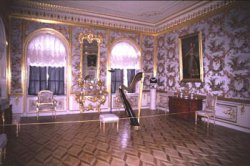
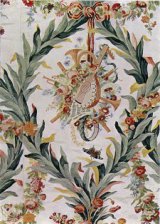
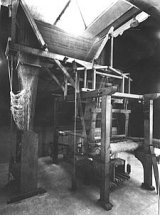
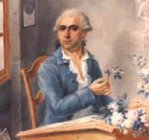
Philippe de Lasalle(1723-1804)
Born on September 2, 1723, the subject of King Louis XV, lost his parents when he was only a newborn, he grew up close to nature, which influenced him all his life. As a teenager, he lives in Lyon, with one of his uncles and learns drawing and then works in various Parisian studios.
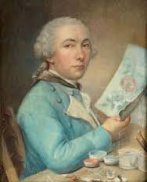
Returning to Lyon in 1744, he learned the silk trade from a manufacturer. He acquires the weaving and carding techniques, which consists in transferring the sketch of the pattern on a grid paper whose columns are the warp threads and the lines are the weft strokes.It is this mapping that will then be read for the preparation of the semples and the lakes on the trades to the big shoot, or the making of the cartons on the Jacquard looms.
In 1748, he married the daughter of a silky woman with whom he would associate.He lives and works in the Rue Sainte-Catherine, at the bottom of the Croix-Rousse, on the Rhône side.
Philippe de Lasalle presented his craft to the great tire which brought great improvements to the traditional craft. As a creator of fabrics, he needed to make large patterns. He made the floor independent and interchangable, which allowed him to realize patterns of greater extent in height by replacing several hinges one after the other.
Philippe de Lasalle, both a cartoonist and a card-maker, perfectly mastering his art, became famous. In 1760, the intendant of Lyons, Monsieur de la Michodiere said of him that he was "regarded as the first draftsman of Lyons." His knowledge of nature combined with his talent as a draftsman gives him all the ease in his compositions containing flowers, animals combined with knots, ribbons and other decorative elements.
His fame soon surpassed the frontiers of France, and he worked for Catherine II of Russia.